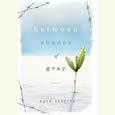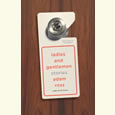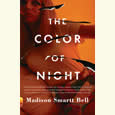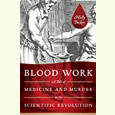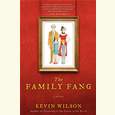“Heartbreaking, Searing, and Lyrically Written”
December 13, 2011 “I felt a weighty responsibility to get this story right—for history, for my heritage, and for these survivors—especially the survivors,” Ruta Sepetys told Publisher’s Weekly before her debut novel was released. “Because this chapter of history remained secret, no one had ever celebrated their bravery or consoled their regrets.” As a raft of awards and stellar notices has since attested, Sepetys’s message has come through loud and clear. Chapter 16 looks back on a year of raves for Between Shades of Gray.
